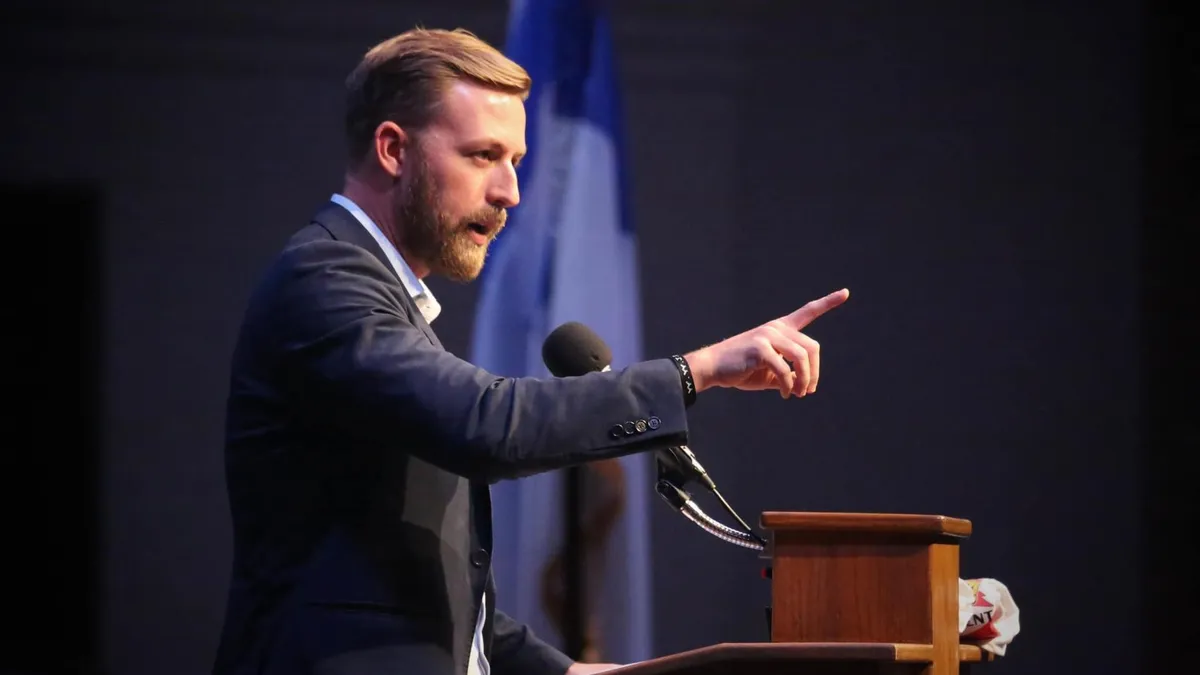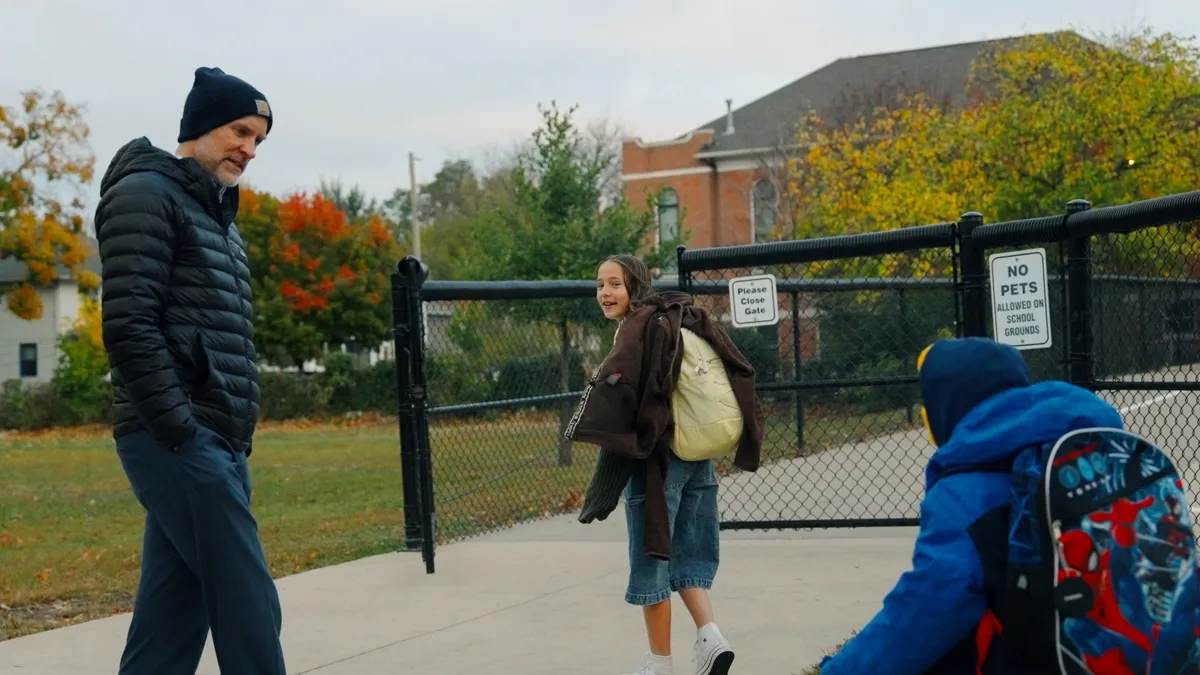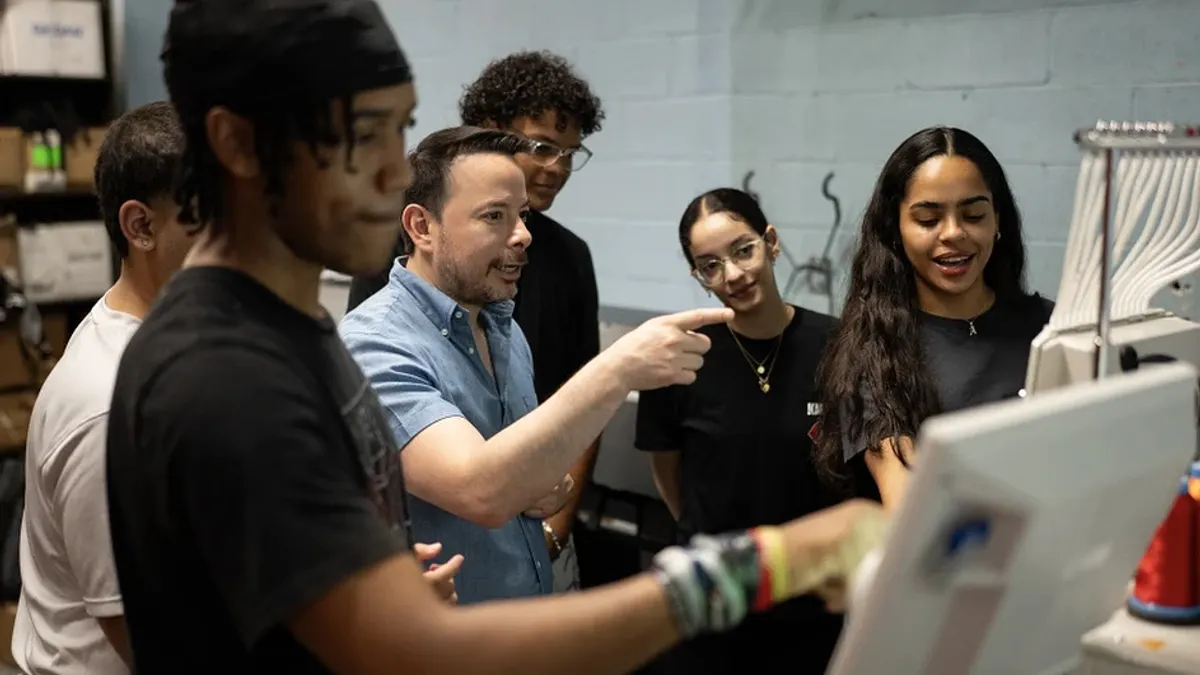Family engagement and early public communication about school budgets are becoming especially crucial as schools navigate a fast-evolving federal funding policy landscape.
For instance, school districts nationwide recently had to reckon with a sudden, disruptive pause of more than $6 billion in federal grants that was lifted in late July.
The U.S. Department of Education has also pushed for new priorities with federal discretionary grants, including more support for evidence-based literacy, school choice expansion, giving states more control over education dollars, and the advancement of artificial intelligence in schools. Meanwhile, the Trump administration is still working to shutter the Education Department.
Another potential federal change that districts should monitor is Congress' pending decision on its budget for fiscal year 2026, said Jim Larson, a partner at education nonprofit TNTP, during an Aug. 7 webinar about the changing K-12 federal funding landscape. Districts should also keep an eye on which states opt into the new federal private school choice tax credit program approved in the “One Big, Beautiful Bill,” he said.
Federal cuts to SNAP and Medicaid enacted in that same legislation could also have implications for school-based health services and school meal programs for students, Larson said.
Other lingering budget questions for districts, he said, may include: How will the Education Department grant states flexibility from certain requirements in the Elementary and Secondary Education Act? And to what extent will ESEA waivers impact how states get K-12 federal funds?
While school leaders continue to pivot their budget plans amid this political uncertainty and brace for what awaits them in the coming months, it’s important that districts remain committed to their students, staff and school communities, said Toni Williams, vice president of finance at TNTP during the Thursday webinar.
But what does that look like in action? Two district leaders shared with attendees how they’re prioritizing their students, staff and broader community as they keep a close eye on potential federal funding changes.
Communicating early, often
Detroit Public Schools Community District is already rolling out its budget development planning and forecasting for next school year, said Jeremy Vidito, the district’s chief financial officer. Normally that process would start in November or December, he said.
By informing the community about the district’s budget expectations earlier, Vidito said, it should hopefully give the public more time to weigh in and provide feedback.
Because of the complicated pending changes with federal funding this year, it’s even more important that districts engage with their communities — especially when it’s likely the district will have to make budget cuts as a result, Vidito said.
Districts should also regularly inform their staff about upcoming budget expectations and should not assume that staff understand every detail of the budgeting process, said Kyle Dare, superintendent of Rolla Public Schools in Missouri.
“Educate your people, but don’t sensationalize. Don’t make threats,” Dare said. “Just be honest and direct, and it’s OK if you don’t know [the] answers. I think our public needs to know this is the information we have.”
Community buy-in is key
Public education has faced “attacks” lately in many different ways, Dare said, but what gives him hope is that there are organizations, community members and local officials that want to help.
School leaders should lean on those communities and partners that want to help advocate for the district, he added.
Rolla Public Schools recently launched a Citizens Academy to engage and educate local business leaders, with the ultimate goal being to spread the district’s messaging and curb any potential misinformation in the community. Regarding the budget, the district hopes to educate the public more about the decisions they’re making, why they’re “being pushed into those decisions” and the long-term ramifications, Dare said.
Most of all, the budget process this year will require “bringing everybody to the table,” Dare said, adding that community buy-in is key.
The uncertainty with federal dollars is a reminder that remaining flexible and not overreacting to changes is crucial for districts, Dare said. “We’re going to have to pivot,” he said, “but we can do it.”
At minimum, Vidito said he expects the federal government to cut Title III funds, which benefit English language learners. He also foresees funding cuts to Title II for resources supporting teachers and school leaders, and potentially parts of Title I.
“So I'm going to build a plan for a conservative budget so we can make sure that we are investing in those core areas,” said Vidito, adding that doing so would help avoid getting into a “last-minute” situation where the district needs the money but doesn’t have it. “If I’m wrong and we get the extra money, great. We add the services back.”
Additionally, Vidito said, districts need to communicate how any federal cuts to public education will impact students and could translate to larger class sizes, salary stagnation for teachers, school building closures or delays for facility maintenance projects.
“I think we do a disservice if we just say, ‘Oh, we’re going to lose $20 million. Everything will be OK,’” Vidito said. “We can’t do that.”






 Dive Awards
Dive Awards













